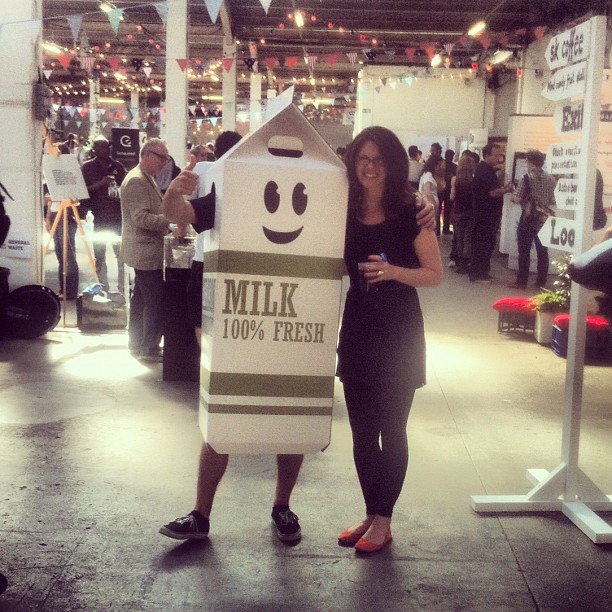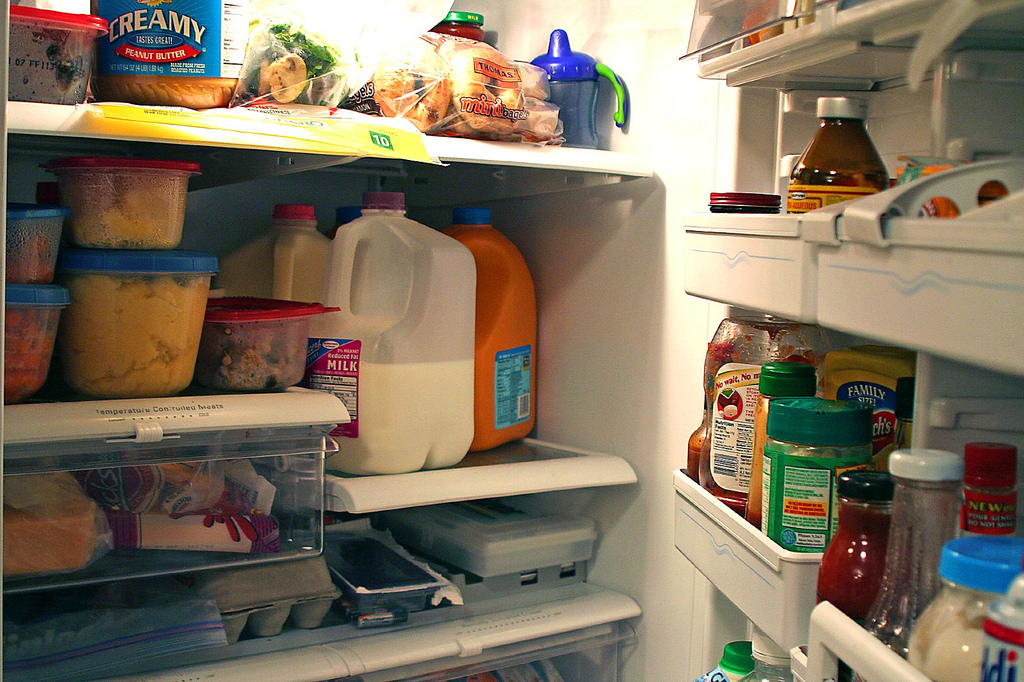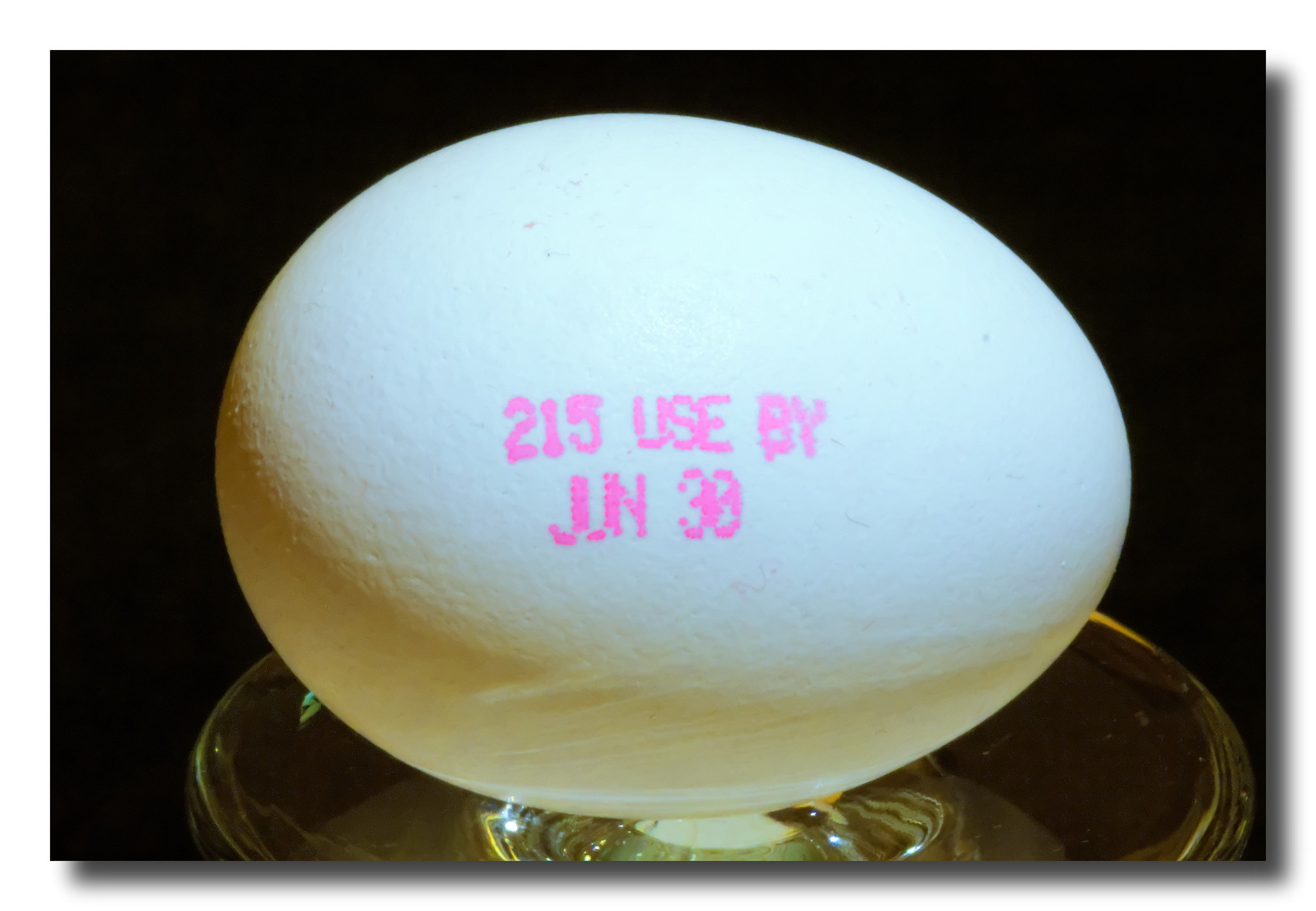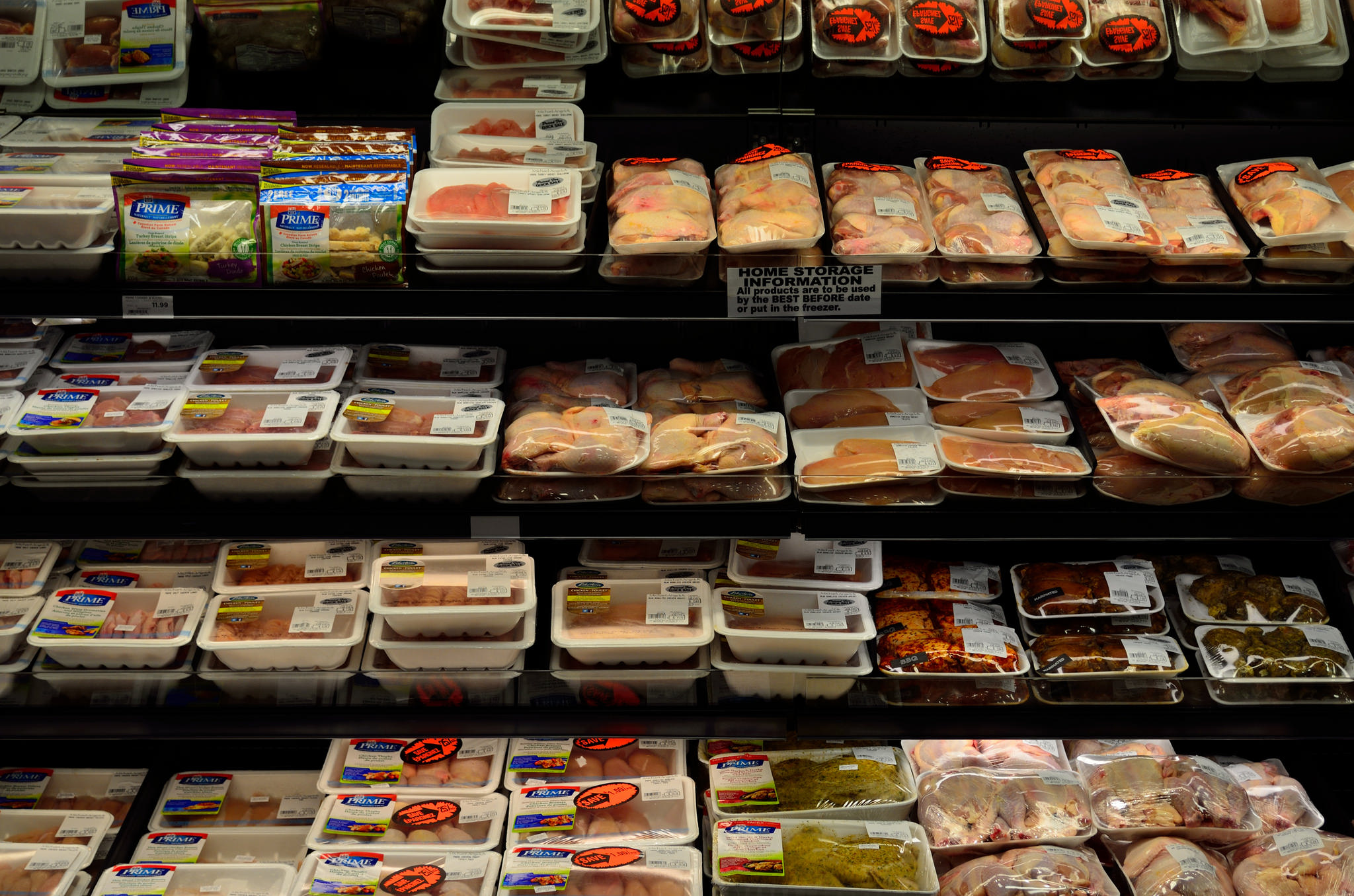
It seems like it’s only been a few days since you bought that delicious sauce, loaf of bread or gallon of milk from the grocery store and now the label is telling you it’s gone bad. You sniff the milk and it seems fine but who wants to risk a trip to the emergency room. That’s what they call actually crying over spilled milk.
Well, it turns out most of those labels are doing more harm than good. A recent report from the Natural Resources Defense Council found that “almost none of those dates indicate the safety of food, and generally speaking, they're not regulated in the way many people believe.” That means Americans alone are wasting millions of tons of food each year. And not because we’re gluttonous jerks but because we’re literally being told by misleading labels to throw out food that is perfectly good. It turns out those labels merely indicate when a food is of “optimal quality” and even those suggestions are highly subjective.
The NRDC says that amounts to roughly 40 percent of all food bought – with an astounding price tag of $165 billion a year. Those are the kind of numbers that would even make Donald Trump blush.

So, here are a few handy tips (Via IFLScience!) for figuring out when food is actually safe, or not, to eat.
Bread: See one spot of mold? Don’t eat it. There likely are other, tiny spots of mold that have spread throughout the loaf or packaging. However, dry or stale bread is probably totally fine to eat, as mold needs moisture to reproduce and spread.Here’s a chart to give you a sense of about how long various types of bread remain fresh.
Eggs: Spoiled eggs stink. Literally. Beyond that, Ii the egg floats, it’s probably bad. If it sinks in water, it’s probably good. What may sound like an old farmer’s tale actually has some science behind it, according to the Department of Agriculture, which says: “An egg can float in water when its air cell has enlarged sufficiently to keep it buoyant. This means the egg is old, but it may be perfectly safe to use. Crack the egg into a bowl and examine it for an off-odor or unusual appearance before deciding to use or discard it. A spoiled egg will have an unpleasant odor when you break open the shell, either when raw or cooked.”

Meat: Many of us assume that when meat has changed color, we shouldn’t eat it. Turns out that’s not usually the case, as meat can change color after normal exposure to oxygen. However, if the meat has become “slimy,” you should probably toss it out. And, of course, if it smells bad. The rules for fish are pretty similar, though fish tends to go bad much more quickly. Yes, we’re sensing a pattern here.
Vegetables: Unlike meat, a change in color (usually yellow) is often a warning sign for leafy greens like kale. You can still try soaking the veggies in water for 15 minutes to see if that helps bring a little life back into your healthy greens.

When it comes to storing your leftovers, a really simple rule to follow is: don’t eat something you’ve left out overnight at room temperature. As Life Hacker points out, we can’t see or smell the worst types of bacterial – the ones that send people to the hospital with life-threatening illnesses. For stuff that you do store properly, Catherine Donnelly, professor of nutrition and food sciences at the University of Vermont in Burlington, told ABC News to follow a “rule of four,” meaning that you shouldn’t leave food in the fridge for more than four days at 40 degrees. However, she says frozen fresh foods can stay safe indefinitely. "About 25 percent of the refrigerators in the country are operating at a temperature that can make food unsafe," Donnelly told ABC. "Here we're using the refrigerator as a food safety device and most people have no clue, no idea what temperature it should be."


 (909) 335-8100 ·
(909) 335-8100 ·  (909) 335-6777
(909) 335-6777 Email:
Email: